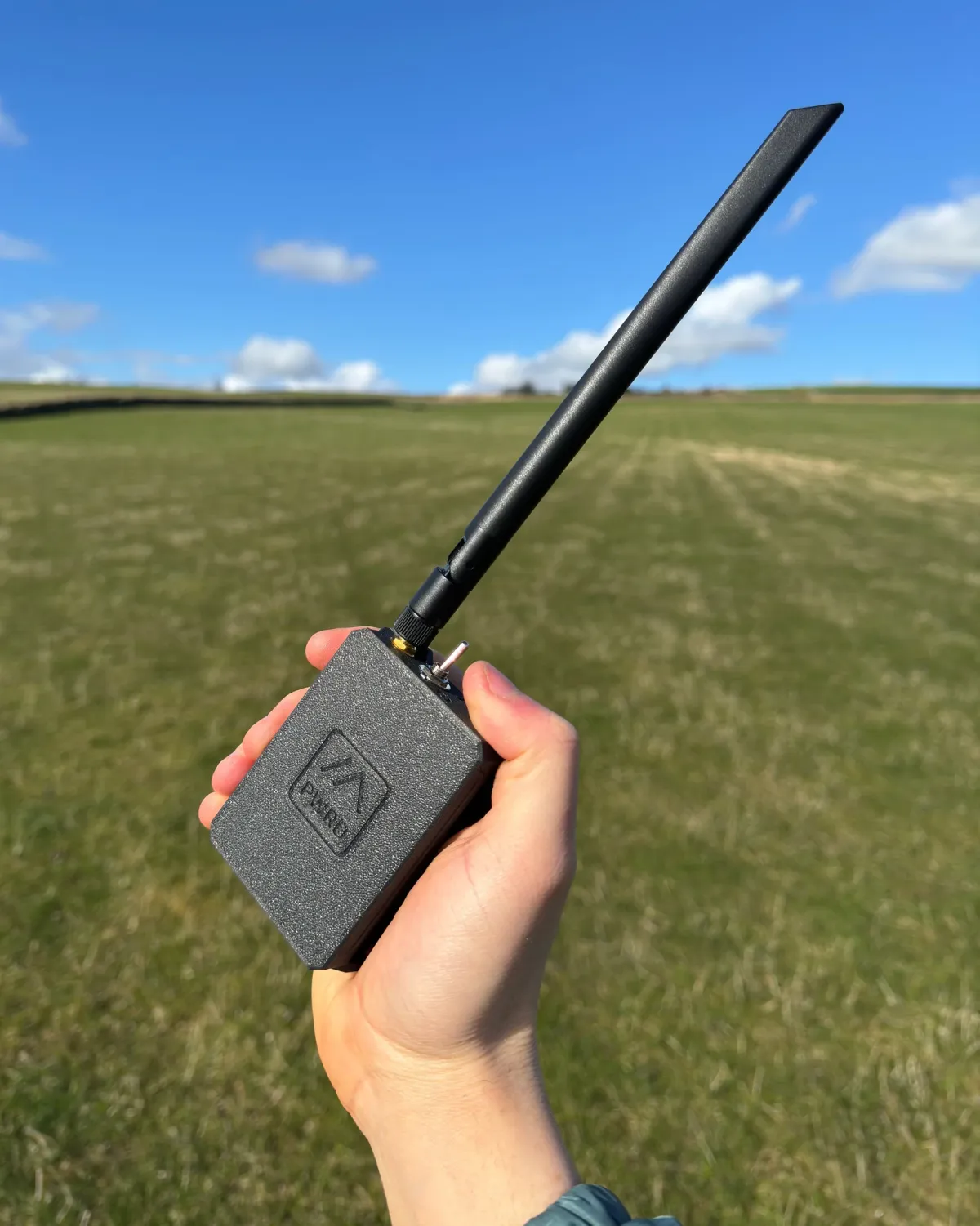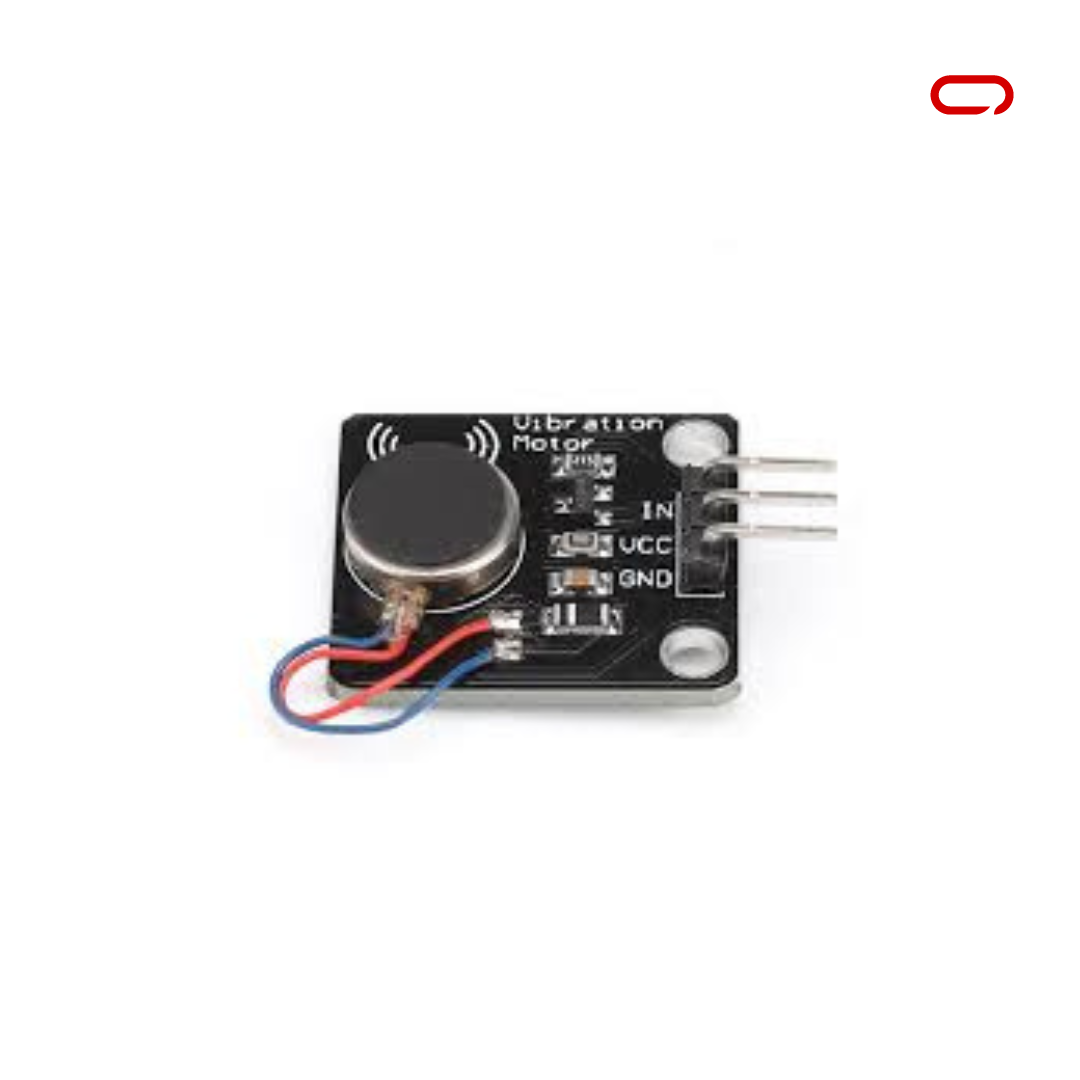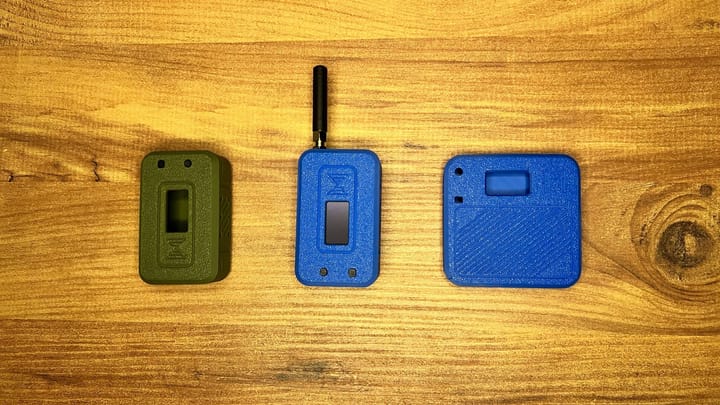How To Add Vibration Motor Module To Your Meshtastic Node
We'll walk you through adding a vibration motor module for notifications to your ESP32-based Meshtastic Node.

In this guide, we'll walk you through adding a vibration motor module to your existing ESP32 Lora Meshtastic Node. This guide will work also for any other ESP32-based board like Heltec V3 Lora, TTGo, or T-Beam but slight changes might be required.

Hardware
Now let's get started with the hardware you need:

- 1x Vibration Motor Module- AliExpress Price: 0.79 USD | Amazon US Price 6.79USD
- 2x Female to Female Pin Connector AliExpress Price: 0.42USD | Amazon US Price 5.49USD
Assembly
The hardware is all ready and set now to the wiring. For this, we will follow the following Schematics.
Vibration Motor Module 3.3V- DIY ESP32 Meshtastic Node

Vibration Motor Module 5V- DIY ESP32 Meshtastic Node

- IN-> GPIO 15
- GND-> GND
- VCC/VIN -> 3V3 / 5V
Once all the wiring is completed. Double-check your connections and ensure they match the suggested layout before proceeding to the next steps.
Meshtastic Settings
- Open Meshtastic App (IOS for this guide)
- Go to the Settings page
- In the module configuration section go to External Notification
- Toggle the switch to enable Enable, Alert when receiving a message, Use PWM Buzzer (Optional Follow Note)
- Scroll down then Primary GPIO toggle Active then set the Output Pin GPIO to Pin 15
- Save, the node then will restart
Here is an example
Halloween:d=4,o=5,b=180:8d6,8g,8g,8d6,8g,8g,8d6,8g,8d#6,8g,
8d6,8g,8g,8d6,8g,8g,8d6,8g,8d#6,8g,8c#6,8f#,8f#,8c#6,8f#,8f#,
8c#6,8f#,8d6,8f#,8c#6,8f#,8f#,8c#6,8f#,8f#,8c#6,8f#,8d6,8f#In conclusion, adding a new notification module to your DIY ESP32 Meshtastic Node with a vibration motor module is a simple process. By carefully following the provided guide, which includes a list of required hardware and step-by-step instructions, you can seamlessly integrate a vibration motor module into your existing setup.





Comments ()